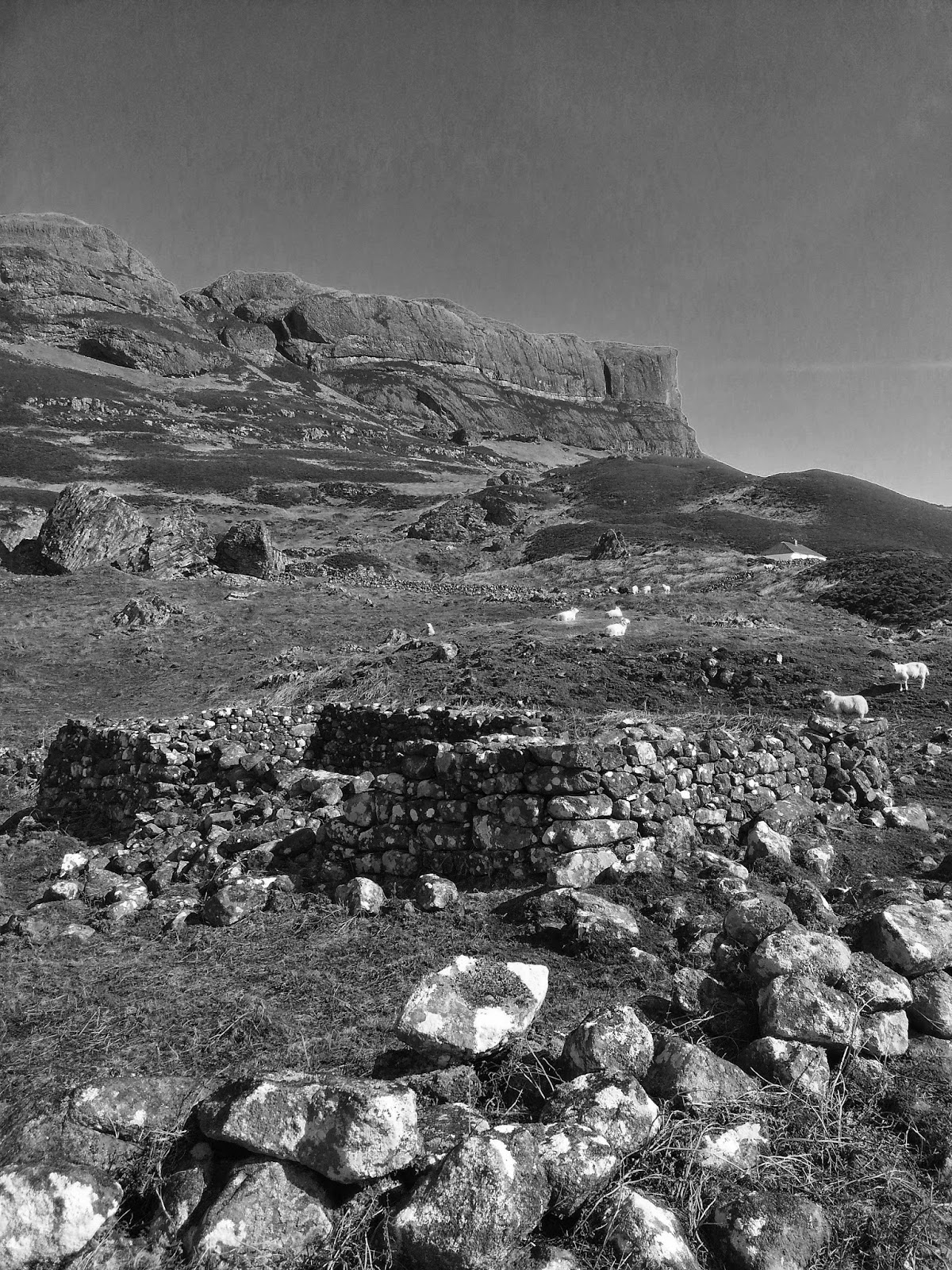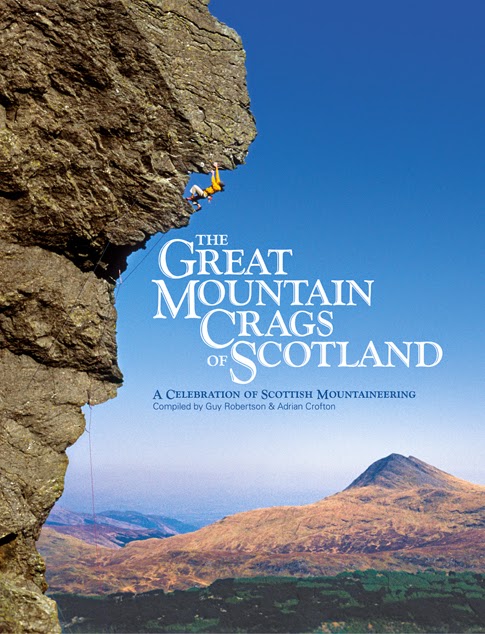Fewer Chicken Heads but Deeper Dishes
The weather basked on the fringes of a high pressure and rain was attending one side of the country like a distracted bully, so we headed east and to the delights of the County. Bowden was visited after an aborted look at Raven's, proving too rough on the skin for a weekend of mostly skin management. We headed up to Bowden, gleaming in the sun like a petrified golden wave. Pairs of worshippers touched rock all along the length of the crag. Busy. Choose a spot...you can see the white dot-to-dot rubrics of the classics from half a mile away. We chose the winter-snowflake storm that is the Roof. Soon it was crawling. Still climbing gingerly, I snuck off to the west end to do some classics and noticed the crag was suffering just as much bouldering injury as me.
Anyway, the weather was perfect and some classics were done, Colin cranking hard through the Bowden right roof, getting close on Poverty (the foothold is now so worn, it really is harder, nothing sticks now!), Child's Play (fewer chicken heads but deeper dishes) and the new classic Staggered saw a repeat from one of the locals.
A secret bivvy in Belford and a few pints saw us waking blearily to wind in the trees and the complaints of crows at dawn. A dusty rain threatened to turn into a downpour, so we packed and left for Kyloe-In, which for about half an hour was finger-cool and sticky, like the finest conditions at Font in November. Getting absorbed in some classics, we didn't notice it was raining hard, then things started to go weak and tired, the body gave in and another weekend in the County was over, the law of diminishing returns allowing me to use the rain as an excuse!
As for the question of the rock... the question remains... to pof or not to pof?


